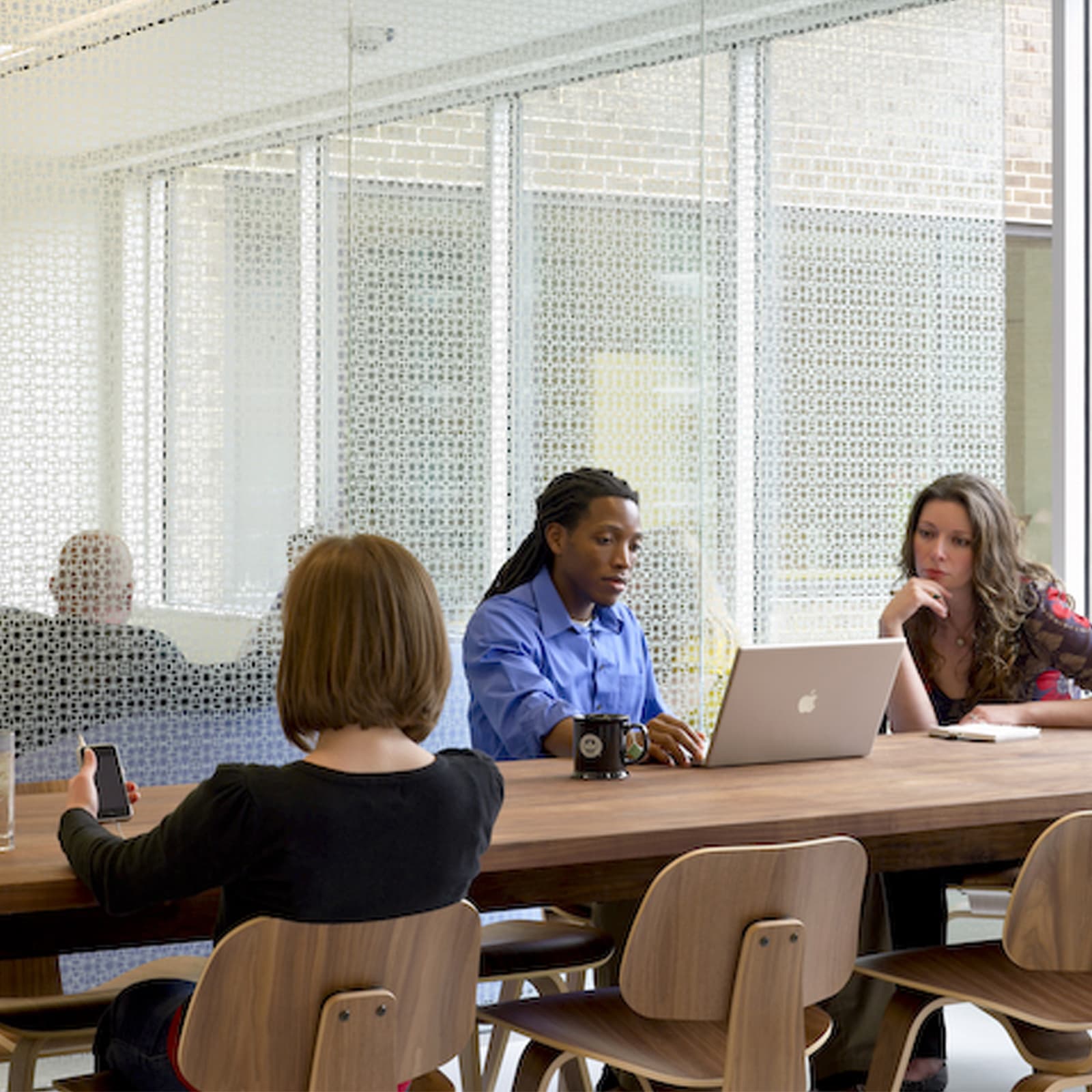The pandemic has forced us to rethink the way we work and given us a lesson in what is really important. It has been an interesting experiment that we could never have imagined before: could we, in this age of untethered technology, work remotely all the time? The answer is a resounding “yes we can,” but it is not quite the same and it is not good for us in the long term.
It is interesting that video conferencing has replaced not only in-person meetings but telephone calls as well. I find myself doing video calls for everything these days where in the past I would have mostly used audio for any voice communication that was not in person. We have all had heartfelt video calls with our family and friends where before an audio call would have been fine. I have gained some clarity on the fact that you cannot see someone smile on the telephone, and that we do not communicate solely with our words and our voices.
The fact that everyone is in the same isolated situation suddenly makes it more important to see the people we are communicating with. I think part of it is that we want visual verification that our friends and colleagues are okay. I am a person that thrives on interaction with people and I would rather get up from my desk and walk across the studio to talk with someone than send them an email or text. In-person communication is infinitely more effective for certain conversations, especially when it comes to creative thinking or expressing nuanced ideas. I want to see in someone’s eyes that they understand what I am trying to communicate. Since working from home I have found that one-on-one video calls still allow me to do this, but that sensation quickly diminishes when you are communicating with a group of people whose images are in tiny little boxes.
Anyone who has ever gone on a diet knows that when you take something away, you just want it more. By the same token, things that are rare have more value. In the case of our pandemic lockdown experiment, we have learned to truly value in-person contact, whether it is for work or pleasure. This is not a problem just for extraverts either. According to studies, isolation can be more dangerous to your health than smoking or obesity. It can impair immune function and boost inflammation which can lead to arthritis, type II diabetes, and heart disease. Can the detrimental effects of isolation be overcome by video conferencing? Maybe partially but it just is not the same as being in person.
Prior to the pandemic, the most common request I would hear from clients was that they wanted us to create spaces that their employees would want to come to. They were concerned that their staff had the ability to work remotely and would choose to do so if the home environment was more comfortable. Clients know that when their staff works together things happen like mentorship and culture building that are critical to the vitality of their organization. It is true that people who work from home have been shown to be more productive, but they are also less innovative, and innovation drives our economy.
We have a basic human need to be together and work together. Everything great that humans have accomplished happened when people worked collectively. We all know that great design is never produced by one person. From the first idea diagrams to the final construction literally hundreds of people can touch a project. It may take some time, but I believe we will solve the COVID-19 crisis. Doctors and scientists around the world are working on the development of vaccines, treatments, and advanced testing that will get us through this. We will return to the way they were, albeit with some minor modifications. The good news for designers is that we will have learned the incredible value in being together and I believe the workplace will have even greater importance than it did before.

